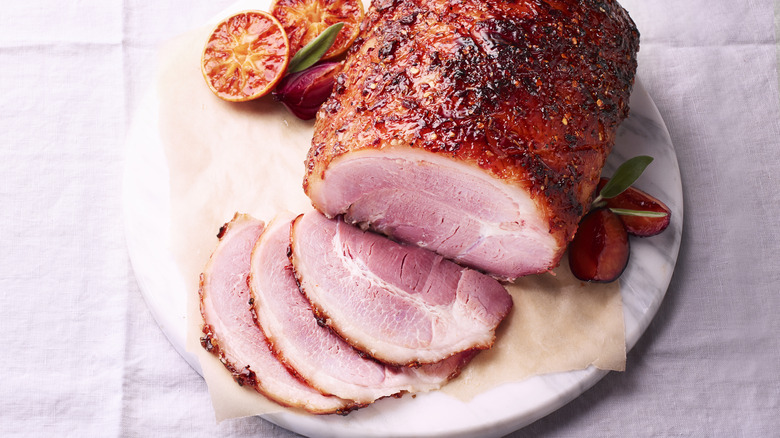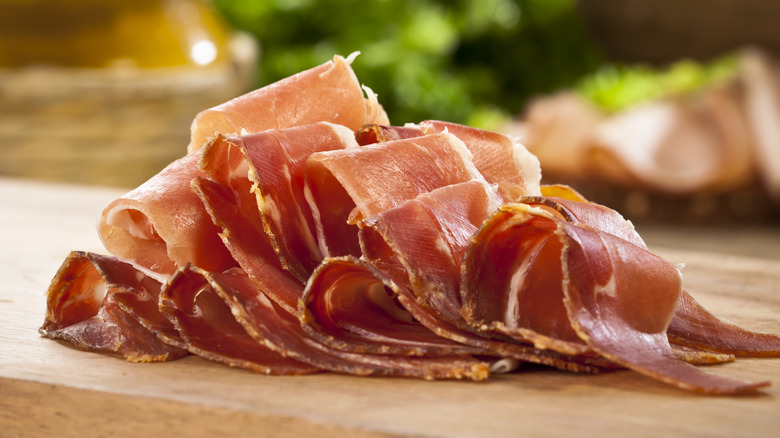Cured Vs Uncured Ham: Are They Actually The Same?
In the world of holiday feasts and charcuterie boards, ham stands as a distinguished centerpiece, celebrated for its versatility and succulence. Yet, in the bustling aisles of grocery stores and delicatessen displays, this beloved red meat falls under one of two categories: cured or uncured. So, what's the difference? The preservation process is at the heart of the distinction between cured and uncured ham. Cured ham undergoes treatment with a blend of salts, nitrates, and sugars to enhance its shelf life and infuse its characteristic taste. Meanwhile, uncured ham is also preserved, albeit with more natural sources. Both methods share the goal of preservation, but their techniques create variances in flavor, texture, and even color.
Cured ham is known for its bold, savory notes that develop through extended preservation. Its texture can range from firm and fibrous (like a country ham) to smooth and silky (akin to premium Italian prosciutto, a dry-cured, traditionally thinly sliced ham that takes over a year to make). On the other hand, uncured ham typically features a softer, more tender texture paired with a fresher, milder taste — not necessarily the same pronounced saltiness found in cured varieties. From spiral-sliced honey-glazed ham to ham and cheese sliders, there are countless uncured ham recipes you need to try.
Cured and uncured ham are preserved differently
Cured ham owes its unique identity — namely its rich pink hue and smoky taste — to a meticulous, time-honored process involving salt and nitrates. These elements prevent bacterial growth and develop a deep, nuanced flavor. Whether dry-cured or wet-cured (brined), this process imparts the ham with its signature savory notes, often elevated by spices such as black pepper and cloves. Some of the most iconic cured ham recipes include Spanish jamón serrano, which boasts a nutty, sweet complexity, and Italian prosciutto, which delivers a meltingly delicate bite. These global favorites are culinary masterpieces that showcase the art of meat curing.
Despite its name, uncured ham is indeed preserved, just with a different approach than its brinier counterpart. Rather than synthetic nitrates, uncured ham relies on natural sources like celery powder or beetroot before it's cooked, resulting in a subtler profile. It tends to be lighter, more moist, and less salty than cured ham, making it a great choice for hearty sub sandwiches and soups.

